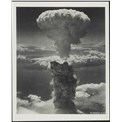
- The United States drops an atomic bomb on Nagasaki
The United States drops an atomic bomb on Nagasaki, Japan, on 9 August 1945.
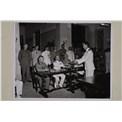
- Ceremony of Japanese surrender in Hong Kong
Rear-Admiral Cecil Harcourt of the British navy accepts Japan's surrender at Government House on 16 September 1945. The ceremony is witnessed by Chinese representative Major-General Pan Huaguo (left), Colonel Adrian Williamson of the United States (second from right) and Captain WB Creery of Canada (first from right).
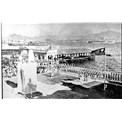
- Victory parade and celebration activities
A victory parade and celebration activities held in front of the Cenotaph in Central on 9 October 1945.
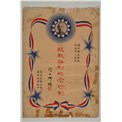
- Commemorative Photos of the Victory in the War of Resistance (1)
Commemorative Photos of the Victory in the War of Resistance, published in China in 1946: Photo envelope.
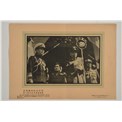
- Commemorative Photos of the Victory in the War of Resistance (2)
Commemorative Photos of the Victory in the War of Resistance, published in China in 1946: Chiang Kai-shek delivers a speech on 5 May 1946 after Nanjing was re-established as China's capital.
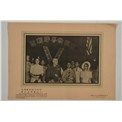
- Commemorative Photos of the Victory in the War of Resistance (3)
Commemorative Photos of the Victory in the War of Resistance, published in China in 1946: Chiang Kai-shek celebrates 'World Victory Day' with leaders from around the globe on 3 September 1946.
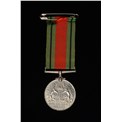
- Defence Medal
This Defence Medal was awarded to a person who served with the Auxiliary Nursing Service throughout the internment in Stanley.
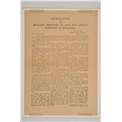
- Newsletter published by the British Army Aid Group
Newsletter published by the British Army Aid Group on 31 August 1945 to inform British prisoners of war and people interned in Hong Kong during the Japanese occupation about world events, particularly those related to Britain during and after the war.
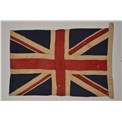
- Union Jack made by prisoners of war
A Union Jack made by prisoners of Stanley Internment Camp to welcome the British Royal Navy when it arrived in 1945 to secure the liberation of Hong Kong.
